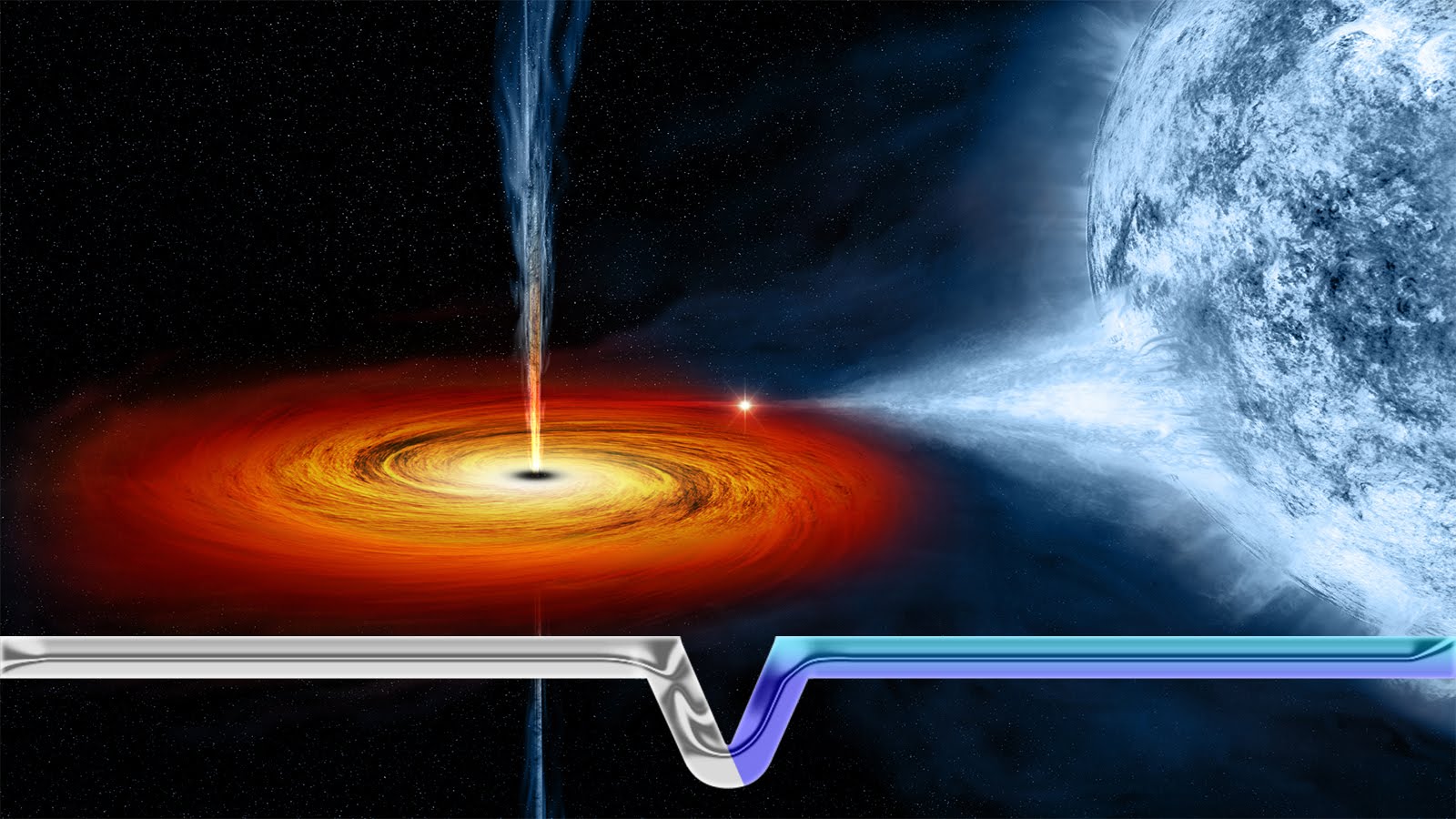astronomers don’t know what to make of it…
When they spotted it it didn’t make sense according to their models. Many giant black holes have been discovered with the advent of telescopes such as the hubble and others such as ESO. However, their galaxy seems to match what they would expect. THIS one however is bizarre. Here is more about what astronomers saw:
The very fast motion of gas near the black hole suggests that it has a very high mass — the equivalent of about 7 billion suns.
“Our survey was designed to observe the average objects, not the exotic ones,” study co-author C. Megan Urry, of Yale University, said in a statement. “This project specifically targeted moderate black holes that inhabit typical galaxies today. It was quite a shock to see such a ginormous black hole.”
However, it was the mass of the galaxy surrounding this black hole that most surprised the research team.
7 Billion suns can you ever get your mind around that? I can’t that is absolutely crazy! Apparently this thing was digesting a galaxy very fast.
Let’s find out more on this crazy black hole and check out a video on super massive black holes on page 2

black holes eat galaxies. and move on to eat up more galaxies. over time getting bigger and bigger.. as the center mass gets bigger, it gains more gravitational pull and eats up more. over billions of years eating and eating and eating, until it gets so much matter that it implodes on its self and all the matter spreads back out in a big bang. BOOM..
after the big bang, as matter is thrusted outward, pieces of magnetized iron collect together to slowly start forming large mass bodies. as these masses grow, the largest of these masses start growing in gravity. as this gravity grows it quickly swallows large amounts of mass from a vast area. as this material comes in from all different directions, the the magnetic and gravitational pull creates a spin. this spin helps to slow the pull of vast amounts of area in the far regions from the center mass. over time the center mass will collect so much matter, that it will have so much gravity, that light no longer reflects back. creating a black hole.. (zillion $ ?, how much gravity does it take for light not to reflect back). this process above creates one galaxy for that region of space in the universe.